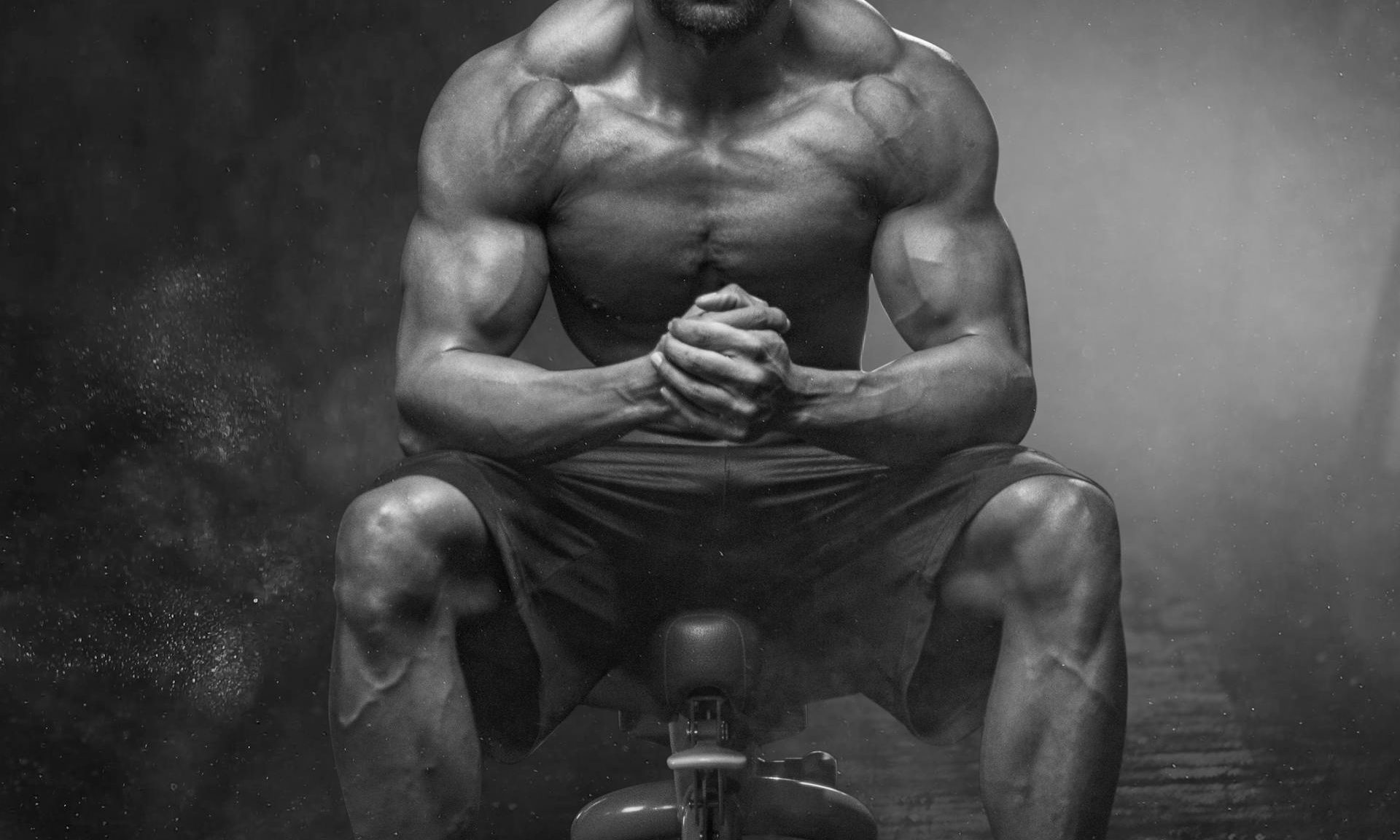Incline push-ups are often a preferred choice for those having difficulty with regular push-ups. As well as easing some pressure on your upper body joints like your elbows, incline push-ups are an effective and versatile bodyweight exercise you can perform anywhere you have a sturdy platform, bench, step, or surface. If you’ve already mastered the regular push-up, you can still try incline push-ups to add variety to your routine or as a pre-workout warm-up. Here’s your complete guide to the incline push-up, including how to improve your technique, the benefits, the most common mistakes to avoid, and the best variations to try.
What is the incline push-up?

The incline push-up is a push-up variation where your upper body is elevated with an exercise box or another surface, rather than just being on the floor. You place your hands on an elevated platform higher than your feet. This bodyweight exercise is an easier, beginner-friendly way to work on your push-up skills, and you’ll still get a strong chest contraction and activate the muscles in the lower part of your chest.
What are the benefits?

The following are some of the many benefits of the incline push-up:
- Target your main chest muscles, shoulders, arms, and core.
- You’ll also target stabilizer muscles throughout your abs, hips, back, and legs.
- It’s easier for beginners and those working on improving push-up form before moving on to regular push-ups.
- Improve your posture and spinal stability.
- It’s less challenging to perform than the regular push-up, but the incline push-up still allows for full-body tension.
- Zone in on your mid and lower pecs.
- It’s a perfect bodyweight exercise to add to your upper body days.
It’s a versatile movement that doesn’t require fancy equipment or a gym membership. You can perform the incline push-up anywhere you have a suitable surface.
What muscles are targeted during the incline push-up?

The incline push-up targets all the main muscles in your chest, but you’ll put less strain on your elbows and reduce the amount of body weight you’re lifting compared to the traditional push-up. You’ll also engage your core as you stabilize yourself.
Here are the primary muscles worked:
- Your pectoralis major and minor muscles in your chest.
- Shoulder deltoids.
- Triceps in your arms.
- Your core muscles.
You’ll also work stabilizer muscles in your abs, back, hips, and legs to prevent you from caving or arching your spinal column.
Who should do the incline push-up?

The incline push-up is pretty accessible for most people. It’s a beginner-friendly version requiring less strength than the traditional push-up. Advanced exercisers might also want to try the elevated push-up variation to shift the focus more to the lower chest rather than the arms, chest, and shoulders.
How to do the incline push-up

Most people perform a basic elevated push-up on a surface, bench, or table that’s about 3 feet high. Before attempting the exercise, make sure it’s a stable surface that won’t move when you push on it.
How to do the incline push-up:
- Stand facing the elevated surface and place both hands about shoulders-distance apart on the edge of the surface. Try to keep your arms extended and avoid locking your elbows in the starting position.
- Bend your elbows so they’re parallel to your body, and carefully lower your chest down until you touch the edge of the surface.
- Push your body away from the surface until your elbows are extended back in the starting position, but they aren’t fully locked.
- Repeat until you complete the set.
Most common mistakes to avoid

These mistakes are obstacles on your road to elevated push-up success. The following are the most common mistakes to avoid:
- Slumping or arching your spine.
- Bending your hips and knees.
- Not completing the full range of motion.
- Placing your hands too far apart, which reduces the range of motion and hampers your results.
- Flaring your elbows out to the sides.
- Not engaging your core.
Top tips for safety and performance

If you have a shoulder injury or if you feel sharp pain during the exercise, you should stop immediately. Elevated push-ups are a little easier on the wrists and elbows compared to floor push-ups, but you should still avoid them if you have an elbow or wrist injury. If you’re not sure if you should try the incline push-up, you can ask your doctor, healthcare provider, physical therapist, or personal trainer.
Top performance tips:
- Try to make sure your body forms a straight line from head to toe, and avoid bending your knees or arching your spine.
- A narrower grip generates better results, and a wider grip is easier to perform but puts more strain on your shoulders.
- Engage your core and shoulders throughout.
- Squeeze your chest throughout the movement.
Modifications and variations

You can modify this exercise by increasing or decreasing the height of the object you’re pushing up from.
Make it a little easier.
- Using a higher surface brings the angle of your body more vertical, which decreases the difficulty of the movement.
- If you’re having trouble keeping your body in a straight line, try knee push-ups instead.
- Another option is to use a wall and try the standing variation. You stand facing the wall with your feet about three feet away from the wall. You lean into the wall and push off with your hands.
Increase the challenge.
- To increase the difficulty and challenge your balance, you can perform the incline push-up while lifting one leg slightly off the ground.
- Move your elbows and hands slightly inward to narrow your support base and make your triceps work harder.
- You can also use a less stable surface, like a stability ball, as you develop strength. You can gradually make minor adjustments until you can master the push-up on the floor.
How to include incline push-ups in your workout schedule

Simmer down your energy at the tail end of your workout by slotting in several incline push-ups or include them as a pre-workout warm-up or stretch. They work well alongside other chest-focused movements like cable flys. If you’re a beginner, start with three sets of 8-10 reps. You can lower the elevation over several weeks or months as you make progress closer to the traditional push-up.




